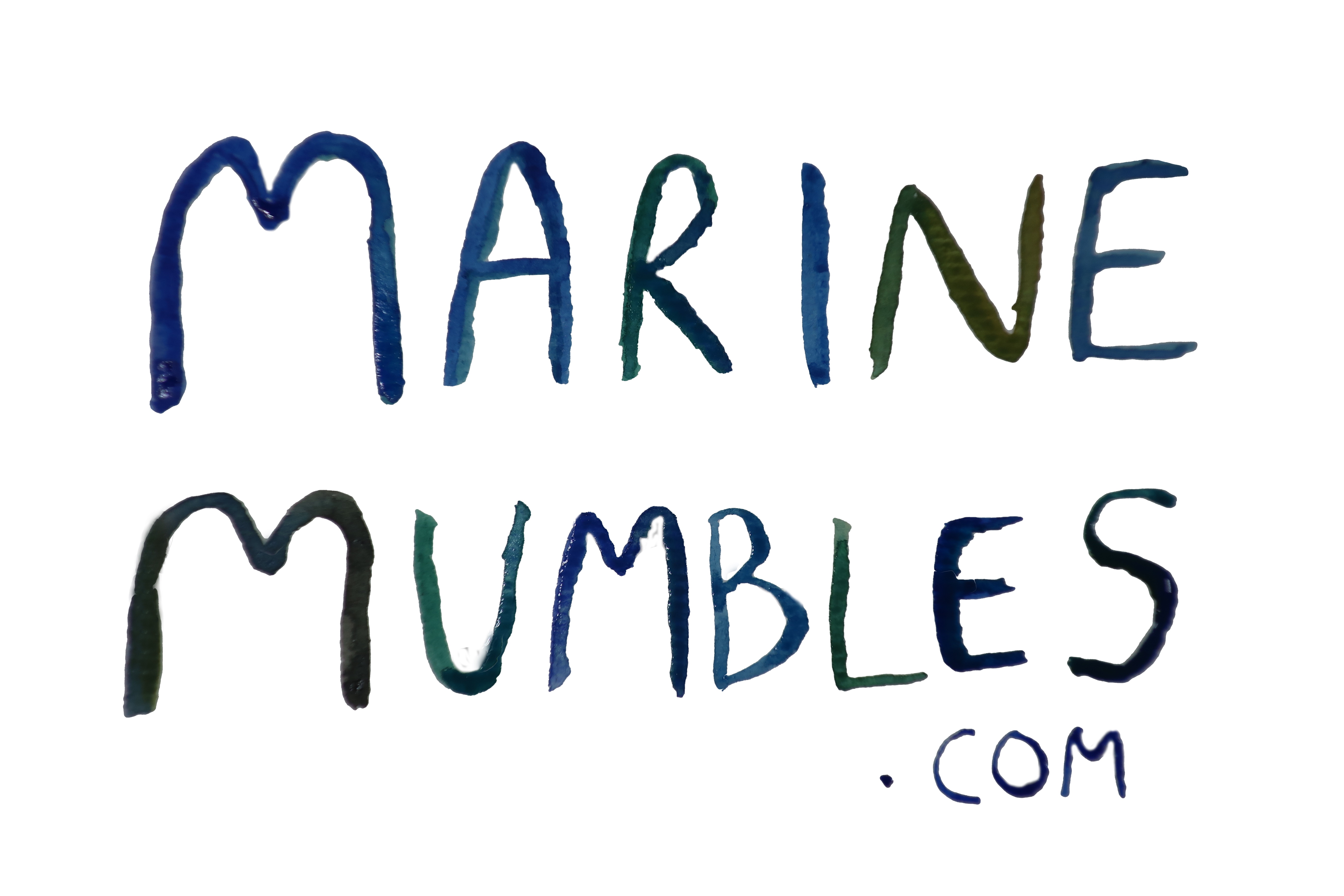When you think of the British coastline you would never naturally think of corals. Although corals cannot be found in intertidal areas, a very beautiful seaweed whose name is inspired by the tropical organisms can. Corallina officinalis is a beautiful seaweed, ranging from deep purple to pink colour (or fully white if its bleached). The reason it is called Coral Weed is because, like corals, it undergoes a process called calcification. This proves deposits CaCO3 (calcium carbonate which is basically limestone) into the tissues of the seaweed. You could say this seaweed literally ‘ROCKS’… anyone… no? *tumbleweed*. As a result, if you pick this seaweed up its crunchy to touch, which is the calcium carbonate skeleton that forms inside. The white tips of this seaweed comes from this too.
The reason coral weed has this skeleton is for protection against predation as nothing/very little wants to eat it! I mean would you really want to eat rock when there lots of lovely other soft seaweeds out there to eat. Using more energy to undergo the calcification process has paid off for this particular species as its commonly found on shores and most shore zones. It can be found as small spikes sticking up off the rock on the high shore (similar to my illustration above) to dense, elongated mats of flat branches in the sub-tidal. In the mid-shore it sits somewhere in-between like the included pictures.
Because of Corallina‘s rigid structure it provides a very unique habitat for epiphytic species (organisms that live on other organisms on the shore such as seaweeds, for example sea lettuce can be epiphytic on this species) and small invertebrates on the shore. The two pictures below demonstrates just how much epiphytic attachment one individual plant can have. The picture of the left i s of an individual taken from the shore with all the epiphytes attached. The picture to the right is of the same individual but will all of the epiphytes stripped off.
One simple individual can truly create a great habitat for an abundance and diverse group of species. This is a prime example of how the settlement of one individual can set a chain reaction down the shore providing home for many other species, including this baby sea spider… everybody say awwww!
Finally to conclude let me tell you why I I love this species of seaweed. I love it because it was one of the first I learned to identify, an easy species to identify is a luxury! Learning the latin name for species on the shore isn’t an easy task, but when you first starts its easy to just look at groups (i.e. red, brown and green algae) and then pick out the most obviously different species. This is one of them, and sticks out like a sore thumb on the shore and can be easily ID’d when compared to other species. Corallina gave me that little bit of hope that I could get the ID right in the end, because at least you always knew what this one was in the quadrat! But for those of you who have more knowledge of seaweeds, you also know there are a few species very similar to this one including Corallina elongata which almost looks identical, but for starters just assume its coral weed which is the more common of the two.
If you enjoyed reading about this tropical wannabe seaweed, check out my other posts! To keep up to date with the site follow me on twitter and Instagram. As always comment improvements or tweet me! Happy Rockpooling!





Just now found this .interesting
I’m glad your enjoying the posts!
Just showing off you weedy knowledge this week I see !!!
Another really enjoyable interesting read Thumbs up and a gold star 🙂
I love this painting it is beautiful.